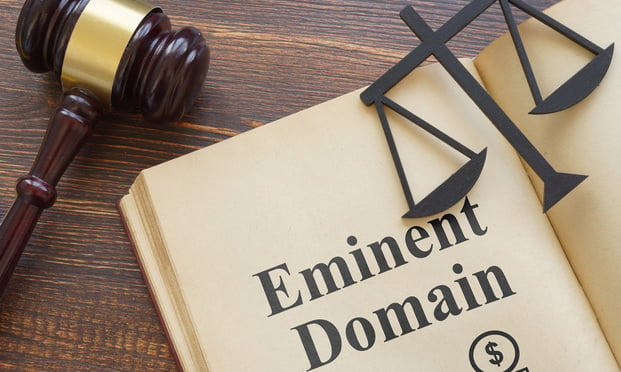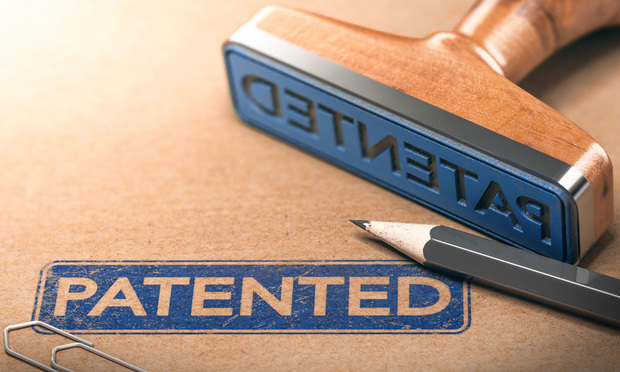Features

Ninth Circuit Revives CoStar Competitor’s Antitrust Counterclaims
The U.S. Court of Appeals for the Ninth Circuit on June 23 revived a competitor’s antitrust counterclaims against rival real estate data provider CoStar Group Inc.
Features

The Suspension Bridge Effect: Why Trademark Attorneys Must Protect Entire Brand Systems, Not Just Individual Marks
In brand protection, as in bridge engineering, the strength of brand differentiation (trademark distinctiveness) depends on the integrity of each supporting cable. When one snaps, the question is not only whether you can fix that component, but also whether the whole structure will hold together long enough for the repair crew to arrive.
Features

Service Provider Management, Not Selection, Determines Success
Many law firms are fixated on insuring they choose the right service provider. Granted the right partner is important, however it’s not the service provider you select; it’s how that service provider is managed that determines success.
Features

Leveraging Patent Office Examples for AI Enabled Innovation In Any Industry
In Ex parte Michalek, the PTAB evaluated an invention involving medical health technology and artificial intelligence. While this case involved medical health technology, the implicated issues inform patent strategies for AI enabled inventions across all industries.
Features

High Court Expands the Reach of the Wire Fraud Statute (Part III)
On May 22, 2025, the Supreme Court endorsed the “fraudulent inducement” theory of wire fraud in Kousisis v. United States, departing from its recent trend of narrowing the scope of broadly worded criminal statutes, including the wire fraud statute. This decision appears to allow the government to obtain a conviction even where the defendant did not intend to cause economic harm to their counterparty, so long as the defendant made material false statements in order to obtain property from another.
Features

PA Supreme Court Shifts How Courts Assess Impact of Takings In Eminent Domain Cases
In a decision that could reshape how property rights are valued in Pennsylvania, the Pennsylvania Supreme Court ruled that property owners may receive just compensation for noncontiguous parcels taken by the government — so long as those parcels were functionally unified.
Features

The Divestiture Rule Explained: A Judge-Made Doctrine Doesn’t Necessarily Deprive a Lower Court of Ongoing Subject Matter Jurisdiction
The “divestiture rule is not truly jurisdictional,” a Florida Bankruptcy court held in the recent ECI Pharmaceuticals case, which shows how one court analyzed when or when not to apply the divestiture rule.
Features

New Crop of Legal Developments In Music Celebrity Estate Battles
Legal disputes over artist’s estates have been a growing source of entertainment-industry litigation. This summer is proving to be a busy season for such litigations, with legal dustups related to the music-celebrity estates of “Margaritaville” icon Jimmy Buffett, Canadian singer/songwriter Leonard Cohen and blues legend Johnny Winter.
Features

Crafting Stories That Win Clients and Trust for Law Firms
Stories have always been at the heart of how humans connect, influence decisions, and foster change. For law firms, where reputation, trust and authority are paramount, storytelling is not just a marketing buzzword and it’s a proven tactic to differentiate your brand, win new clients, and nurture long-term relationships in an increasingly competitive marketplace.
Features

Protecting Your Patent: How a Vet-Owned AI Company Safeguarded Its IP
Military-owned businesses often possess unique technological advantages derived from years of research, development, and practical application. One veteran-owned company’s journey — combined with a patent attorney’s experience preparing and filing patent applications — provides valuable insight into what veterans should do to safeguard their intellectual property.
Need Help?
- Prefer an IP authenticated environment? Request a transition or call 800-756-8993.
- Need other assistance? email Customer Service or call 1-877-256-2472.
MOST POPULAR STORIES
- The 'Sophisticated Insured' DefenseA majority of courts consider the <i>contra proferentem</i> doctrine to be a pillar of insurance law. The doctrine requires ambiguous terms in an insurance policy to be construed against the insurer and in favor of coverage for the insured. A prominent rationale behind the doctrine is that insurance policies are usually standard-form contracts drafted entirely by insurers.Read More ›
- A Lawyer's System for Active ReadingActive reading comprises many daily tasks lawyers engage in, including highlighting, annotating, note taking, comparing and searching texts. It demands more than flipping or turning pages.Read More ›
- The Brave New World of Cybersecurity Due Diligence in Mergers and Acquisitions: Pitfalls and OpportunitiesLike poorly-behaved school children, new technologies and intellectual property (IP) are increasingly disrupting the M&A establishment. Cybersecurity has become the latest disruptive newcomer to the M&A party.Read More ›
- Abandoned and Unused Cables: A Hidden Liability Under the 2002 National Electric CodeIn an effort to minimize the release of toxic gasses from cables in the event of fire, the 2002 version of the National Electric Code ("NEC"), promulgated by the National Fire Protection Association, sets forth new guidelines requiring that abandoned cables must be removed from buildings unless they are located in metal raceways or tagged "For Future Use." While the NEC is not, in itself, binding law, most jurisdictions in the United States adopt the NEC by reference in their state or local building and fire codes. Thus, noncompliance with the recent NEC guidelines will likely mean that a building is in violation of a building or fire code. If so, the building owner may also be in breach of agreements with tenants and lenders and may be jeopardizing its fire insurance coverage. Even in jurisdictions where the 2002 NEC has not been adopted, it may be argued that the guidelines represent the standard of reasonable care and could result in tort liability for the landlord if toxic gasses from abandoned cables are emitted in a fire. With these potential liabilities in mind, this article discusses: 1) how to address the abandoned wires and cables currently located within the risers, ceilings and other areas of properties, and 2) additional considerations in the placement and removal of telecommunications cables going forward.Read More ›
- Guidance on Distributions As 'Disbursements' and U.S. Trustee FeesIn a recent case from the Bankruptcy Court for the District of Delaware, In re Paragon Offshore PLC, the bankruptcy court provided guidance on whether a post-plan effective date litigation trust's distributions constituted disbursements subject to the U.S. Trustee fee "tax."Read More ›
